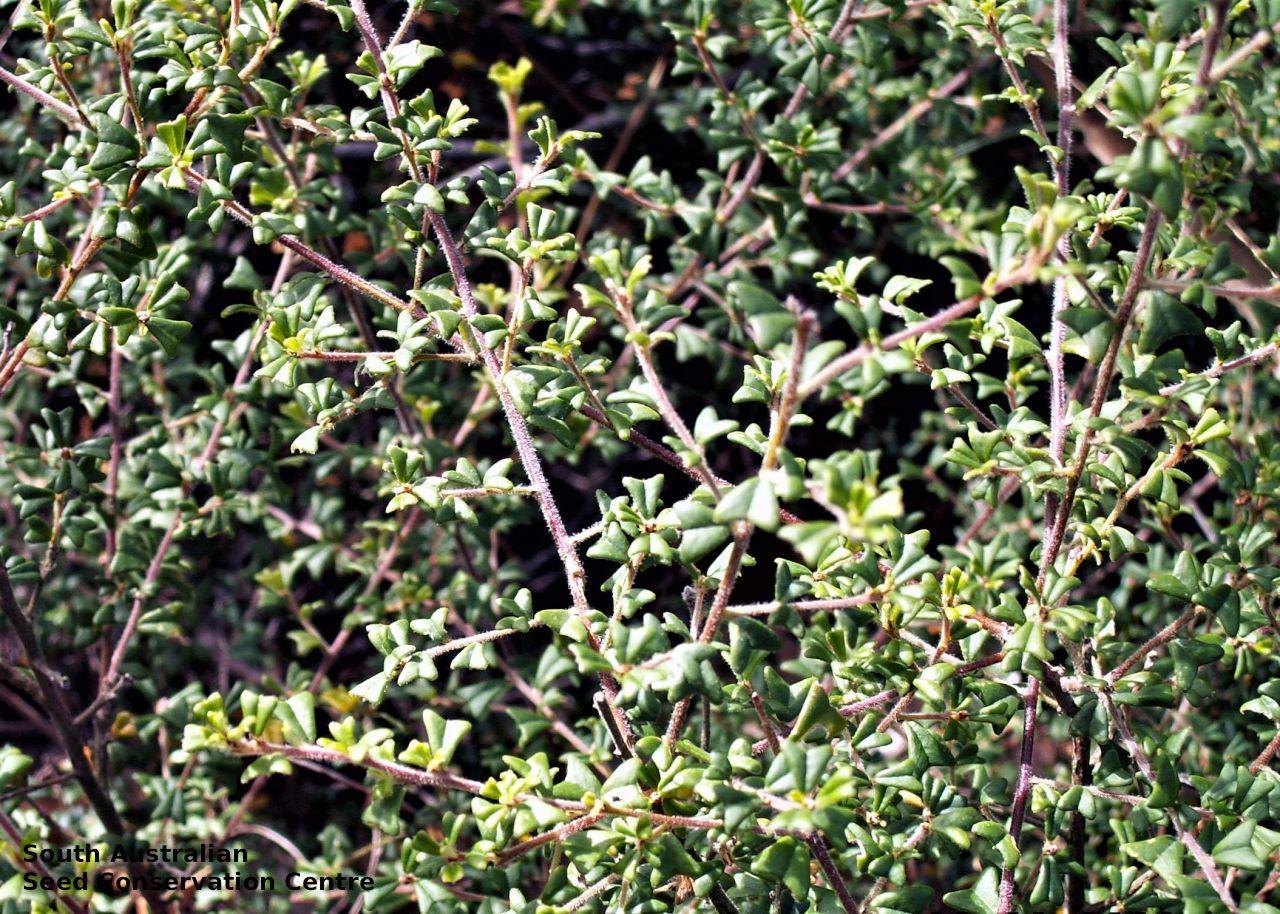










Botanical art
Common names
Rough Bush-pea
Etymology
Pultenaea named after Richard Pulteney (1730-1801), an English physician, botanist and biographer of Carl Linnaeus. Scabra from Latin meaning rough or scaly; alluding to the rough textured plant.
Distribution and status
Found on Kangaroo Island, Fleurieu Peninsula and the lower South-east in South Australia, growing in dry to wet sclerophyll woodland or heathland. Also found in Queensland, New South Wales and Victoria. Native. Rare in South Australia. Rare in Queensland. Common in the other stats.
Herbarium regions: Southern Lofty, Kangaroo Island, South Eastern
AVH map: SA distribution map (external link)
Plant description
Erect or spreading shrub to 3 m high with terete stems, densely covered in hairs. Leaves alternate, obcordate, to 16 mm long and 13 mm wide, usually recurved mucro, upper surface hairy, lower surface hairy, paler than upper; midrib raised, densely hairy. Inflorescence cluster of more than 3 yellow to orange pea-flowers. Flowering between August and January Fruits are hairy brown ovoid pod to 7 mm long. Seed embryo type is bent.
Seed collection and propagation
Collect seeds between October and January. Collect maturing pods, those that are brown or turning brown and contain hard seeds inside. Place the pods in a paper bag and leave to dry for one to two weeks. Then rub the pods with a rubber bung to dislodge the seeds. Use a sieve to separate the unwanted material. Store the seeds with a desiccant such as dried silica beads or dry rice, in an air tight container in a cool and dry place. This species has physical dormancy that needs to be overcome for the seed to germinate. The seed coat needs to be ruptured so that water can enter the seed before germination can occur. Methods to rupture the seed coat include scarification with sand paper or nicking the seed coat with a sharp blade or hot water treatment by immersion in boiling water.